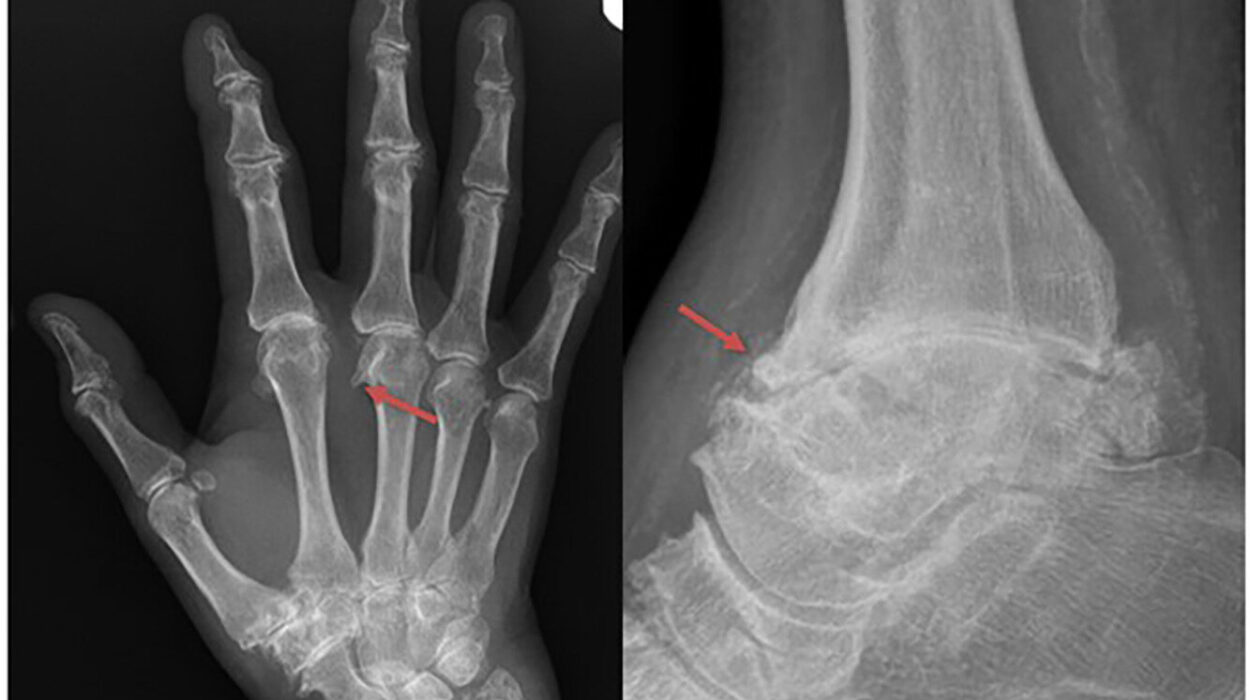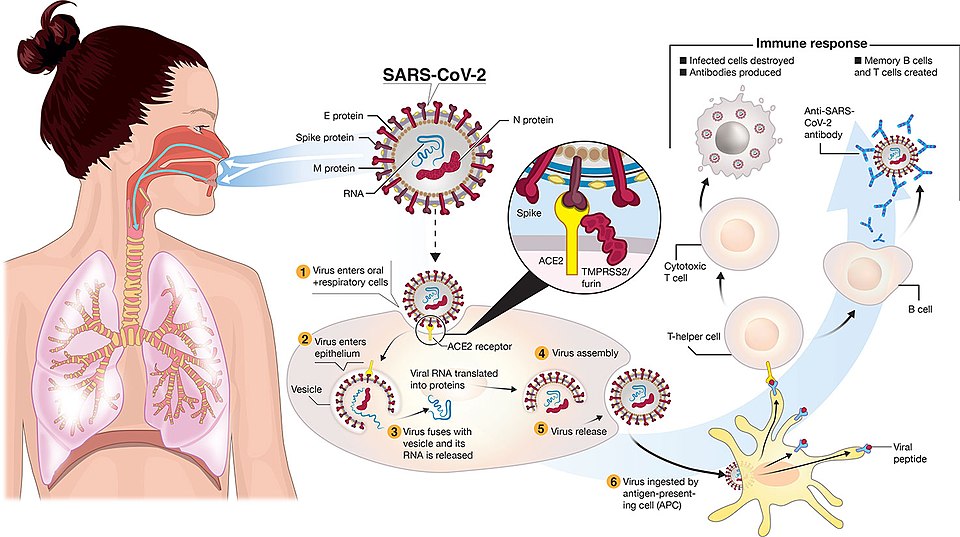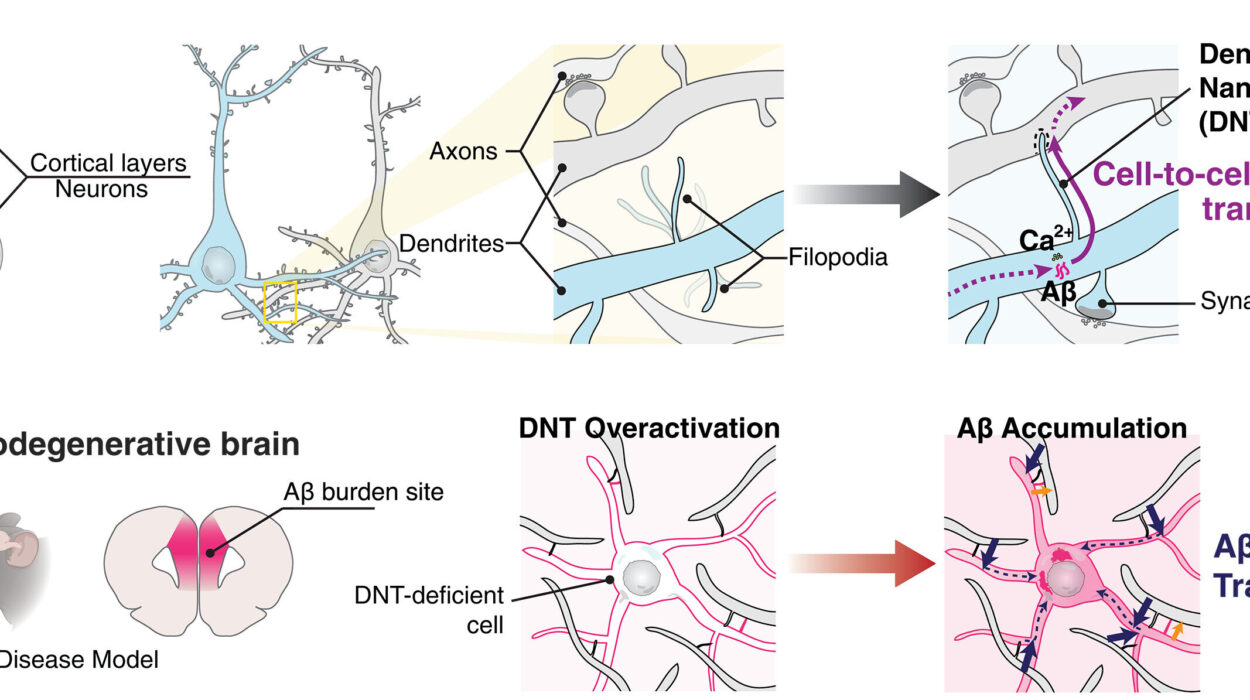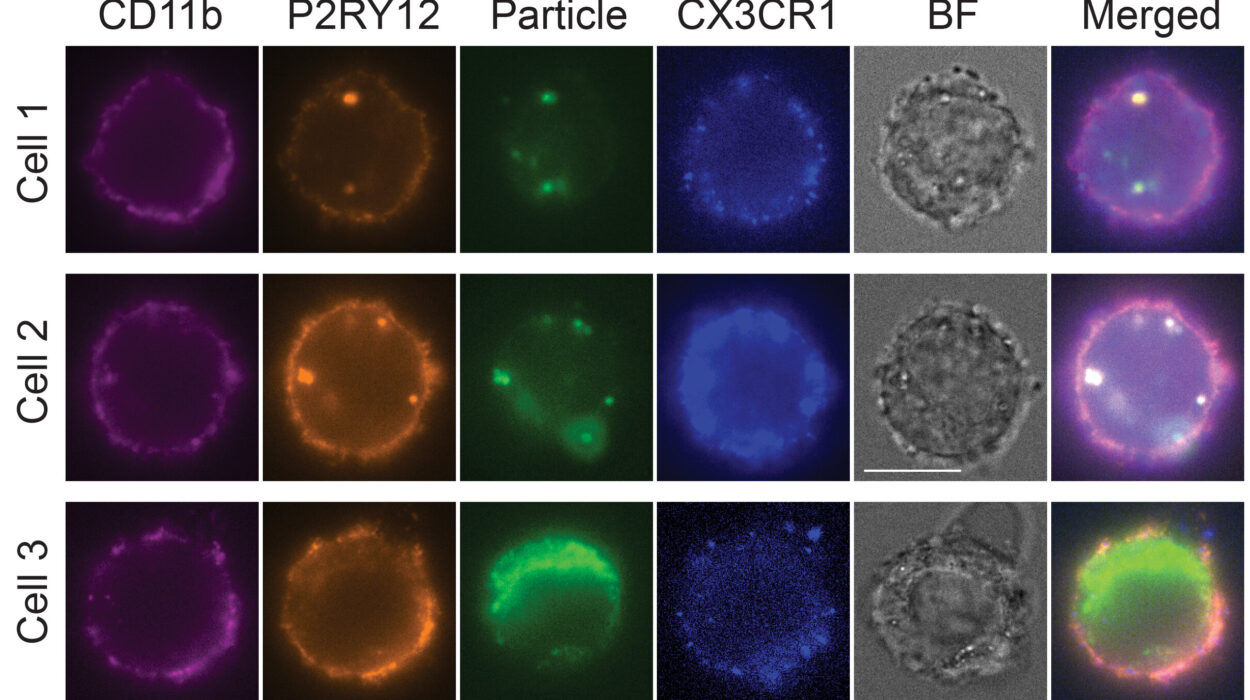Your body is a finely tuned orchestra, and hormones are the musicians. When they’re in harmony, everything works beautifully—from your metabolism and sleep to your mood and menstrual cycle. But when even one instrument plays too loudly or offbeat, the entire performance can feel out of tune. That’s what happens with estrogen dominance: one key player begins to overpower the others.
Estrogen is often referred to as the “female hormone,” and while that’s a simplification, it is indeed crucial for a woman’s body. Produced primarily by the ovaries, estrogen governs a wide array of functions. It regulates the menstrual cycle, affects mood and cognition, supports bone density, and plays a pivotal role in sexual and reproductive health. But estrogen doesn’t act alone. It works in concert with progesterone, its counterbalancing partner, to keep the hormonal scale balanced.
When estrogen begins to outweigh progesterone—whether because of excessive production, poor metabolism, or declining levels of its counterpart—estrogen dominance occurs. And while the term may not always appear in conventional textbooks, the symptoms are real, the causes are complex, and the path to healing is multifaceted.
What Happens When Estrogen Takes the Lead
Estrogen dominance isn’t about absolute levels of estrogen alone. A woman can have “normal” estrogen levels but still be estrogen dominant if her progesterone is too low. Think of it like a seesaw: even if one side hasn’t gone up, if the other side drops, the balance tips.
So what does this imbalance look like in the body? The manifestations of estrogen dominance can be surprisingly diverse. Women may experience persistent fatigue, painful periods, mood swings, bloating, and tender breasts. Some face anxiety or depression that seems to spike around their cycle. Others struggle with stubborn weight gain, especially around the hips and thighs, despite eating well and exercising. Estrogen dominance can also contribute to fibroids, endometriosis, polycystic ovary syndrome (PCOS), and even increase the risk of certain cancers, particularly those of the breast and endometrium.
While it might seem like estrogen is the villain here, it’s really about proportion. Estrogen is essential—it’s what makes women biologically capable of creating life. The trouble begins when it’s left unchecked or unsupported by progesterone. Progesterone is calming, grounding, and deeply restorative. It tempers the effects of estrogen, supports fertility, and helps regulate the immune system. When progesterone dips—whether due to stress, age, or synthetic hormone exposure—estrogen begins to dominate the conversation.
Why Estrogen Dominance Is Becoming More Common
In today’s world, estrogen dominance is not only more prevalent—it’s also arriving earlier. Many women in their twenties and thirties are now experiencing symptoms that were once reserved for perimenopausal years. Why?
One major reason is environmental. We are surrounded by estrogen-mimicking chemicals called xenoestrogens. These synthetic compounds are found in plastics, personal care products, cleaning agents, pesticides, and even tap water. They look like estrogen to the body and can bind to estrogen receptors, triggering biological responses even more strongly than the real thing. Over time, this chronic exposure can tip the hormonal balance, especially if the liver—our detoxifying powerhouse—isn’t functioning optimally.
Another contributing factor is stress. Chronic stress doesn’t just wear us out mentally—it has profound effects on hormone production. When we’re under constant pressure, the body prioritizes cortisol production (the stress hormone) over progesterone, since they share the same precursor: pregnenolone. This phenomenon, known as “pregnenolone steal,” means progesterone levels can drop significantly during times of prolonged stress, even if estrogen levels remain the same.
Hormonal birth control is another piece of the puzzle. Many contraceptives contain synthetic estrogens or progestins (which are not the same as natural progesterone). These compounds can suppress natural hormone production and disrupt the body’s feedback systems, leading to imbalances that persist even after stopping the pill.
Add to that poor sleep, sugar-heavy diets, sedentary lifestyles, and overexposure to blue light and stimulants, and you have a perfect storm for estrogen dominance.
Clues from Your Body: Recognizing the Symptoms
One of the most frustrating aspects of estrogen dominance is that it often flies under the radar. Its symptoms can mimic other conditions—thyroid disorders, depression, or simple “PMS.” Doctors may prescribe antidepressants, sleep aids, or even recommend surgery without addressing the underlying hormonal imbalance.
But if you’re paying attention, your body offers clear signals. Cyclical migraines, especially before your period, can be a red flag. So can heavy or prolonged periods, clotting, and spotting between cycles. If you feel like you’re on an emotional rollercoaster every month, swinging from weepy to irritable to anxious without reason, it might not be “just stress”—it could be your hormones speaking out of turn.
Weight gain, particularly in the lower body, is another telling sign. Estrogen encourages fat storage in the hips and thighs—an evolutionary trait once useful for fertility, but now a source of frustration for many women trying to manage their weight. Bloating, fluid retention, and brain fog can also hint at estrogen’s overbearing presence.
Skin changes can be revealing too. Hormonal acne, especially along the jawline, and conditions like melasma or eczema can flare up when estrogen is out of balance. Breast tenderness, especially in the luteal phase (the second half of the cycle), is another tell-tale symptom.
Testing and Diagnosing the Imbalance
So how do you know for sure if estrogen dominance is to blame? Testing can be incredibly helpful, but it must be interpreted in context. Blood tests are commonly used, but they often capture only a snapshot in time and may not reflect how hormones are fluctuating throughout your cycle.
Saliva and urine tests can offer more nuanced insights, especially when looking at hormone metabolites. The DUTCH test (Dried Urine Test for Comprehensive Hormones) is one of the most comprehensive options available today. It evaluates estrogen and progesterone levels, as well as how your body is metabolizing estrogen—crucial information when trying to determine your risk for estrogen-related conditions like breast cancer or endometriosis.
Functional medicine practitioners often take a broader view, combining test results with symptom tracking and lifestyle assessments. They recognize that hormone levels don’t exist in a vacuum. A woman with textbook “normal” estrogen could still be in trouble if her progesterone is too low or if she’s not detoxifying estrogen properly.
Healing the Imbalance: A Holistic Path to Recovery
Addressing estrogen dominance isn’t about suppressing estrogen—it’s about restoring harmony. That means supporting the body’s ability to produce, metabolize, and eliminate hormones in a healthy, sustainable way.
The first step is often detoxification. The liver plays a starring role in breaking down estrogen into water-soluble forms that can be excreted via bile and urine. Supporting liver function through diet—think cruciferous vegetables like broccoli and cauliflower, along with fiber-rich foods, green tea, turmeric, and dandelion root—can significantly improve estrogen clearance.
Digestive health matters too. Once metabolized by the liver, estrogen enters the gut for final elimination. If your gut microbiome is imbalanced or you’re constipated, estrogen can be reabsorbed into circulation, worsening the hormonal imbalance. A diverse, plant-rich diet with plenty of fiber and probiotic foods helps maintain a healthy gut and ensure proper elimination.
Stress reduction is equally essential. Chronic stress suppresses progesterone and raises cortisol, so managing it through meditation, movement, breathwork, or even therapy is not optional—it’s a core part of healing. Sleep is another powerful regulator; the body does much of its hormonal repair work at night, and insufficient rest can disrupt the entire endocrine system.
Exercise helps too, but not all exercise is equal. Overtraining, especially in high-stress women, can exacerbate hormonal imbalance by further depleting progesterone. Gentle strength training, walking, yoga, and short bursts of cardio often serve better than extended, high-intensity workouts.
Nutritional Allies for Hormonal Balance
Food is medicine when it comes to hormone health. A balanced, whole-food diet provides the raw materials your body needs to produce and regulate hormones efficiently. Healthy fats like those in avocados, olive oil, nuts, and seeds are crucial, as cholesterol is the building block for all steroid hormones, including estrogen and progesterone.
Cruciferous vegetables contain compounds like indole-3-carbinol and DIM (diindolylmethane), which help the body process estrogen more effectively. These foods also support phase I and phase II liver detox pathways, making them a daily must-have for anyone struggling with estrogen dominance.
Magnesium, zinc, B vitamins, and vitamin D are also essential for hormonal health. These nutrients support everything from progesterone production to estrogen metabolism. Many women are unknowingly deficient, especially in magnesium and B6, which are rapidly depleted by stress and common medications.
Reducing sugar and refined carbohydrates can help stabilize insulin levels, which in turn supports hormone balance. High insulin can increase circulating estrogen and worsen inflammatory pathways that disrupt hormonal harmony.
Natural Supplements and Herbal Support
For some women, targeted supplementation can speed recovery and ease symptoms. Chaste tree berry (Vitex) is a well-known herbal ally that supports the body’s natural production of progesterone. It works by gently nudging the pituitary gland to regulate the hormonal cycle, and it’s particularly helpful in cases of low progesterone and irregular periods.
DIM and calcium-D-glucarate are often recommended to enhance estrogen detoxification, especially for those with genetic polymorphisms that affect liver function. These supplements should be used under guidance, as they can be powerful.
Adaptogens like ashwagandha, rhodiola, and holy basil help regulate the stress response and support adrenal health, which is tightly linked to hormone production. These herbs can help bring cortisol into balance and free up more resources for progesterone synthesis.
Even something as simple as adding flax seeds to your morning smoothie can make a difference. Flax contains lignans that bind to estrogen receptors and help modulate its activity in the body.
Medical Treatments and When to Consider Them
While many cases of estrogen dominance respond well to natural approaches, some women require more targeted medical interventions. Bioidentical hormone replacement therapy (BHRT) may be appropriate for perimenopausal and menopausal women whose hormone levels have dropped significantly. These therapies use compounds chemically identical to the body’s own hormones and can be administered as creams, gels, or capsules.
In certain cases, doctors may prescribe progesterone alone to counteract excess estrogen. Unlike synthetic progestins found in many birth control pills, bioidentical progesterone has a much safer profile and is better tolerated by most women.
However, any hormonal therapy should be approached with caution and always under the guidance of a knowledgeable provider. Hormones are powerful, and manipulating them without addressing root causes can create new imbalances down the road.
Living in Balance: The Long-Term Outlook
Healing estrogen dominance is not a quick fix—it’s a process of reconnecting with your body, restoring rhythms, and making peace with the pace of life. It requires commitment, but the rewards are worth it: clearer skin, lighter periods, stable moods, and a renewed sense of vitality.
The journey also invites a deeper understanding of your body’s cycles and seasons. Hormones are not static; they fluctuate with the moon, the seasons, and even your state of mind. Learning to live in harmony with these rhythms, rather than fighting them, is one of the most empowering things a woman can do.
Estrogen dominance may be common, but it is not inevitable. With knowledge, care, and support, you can rebalance your body and reclaim your health—naturally, sustainably, and joyfully.






